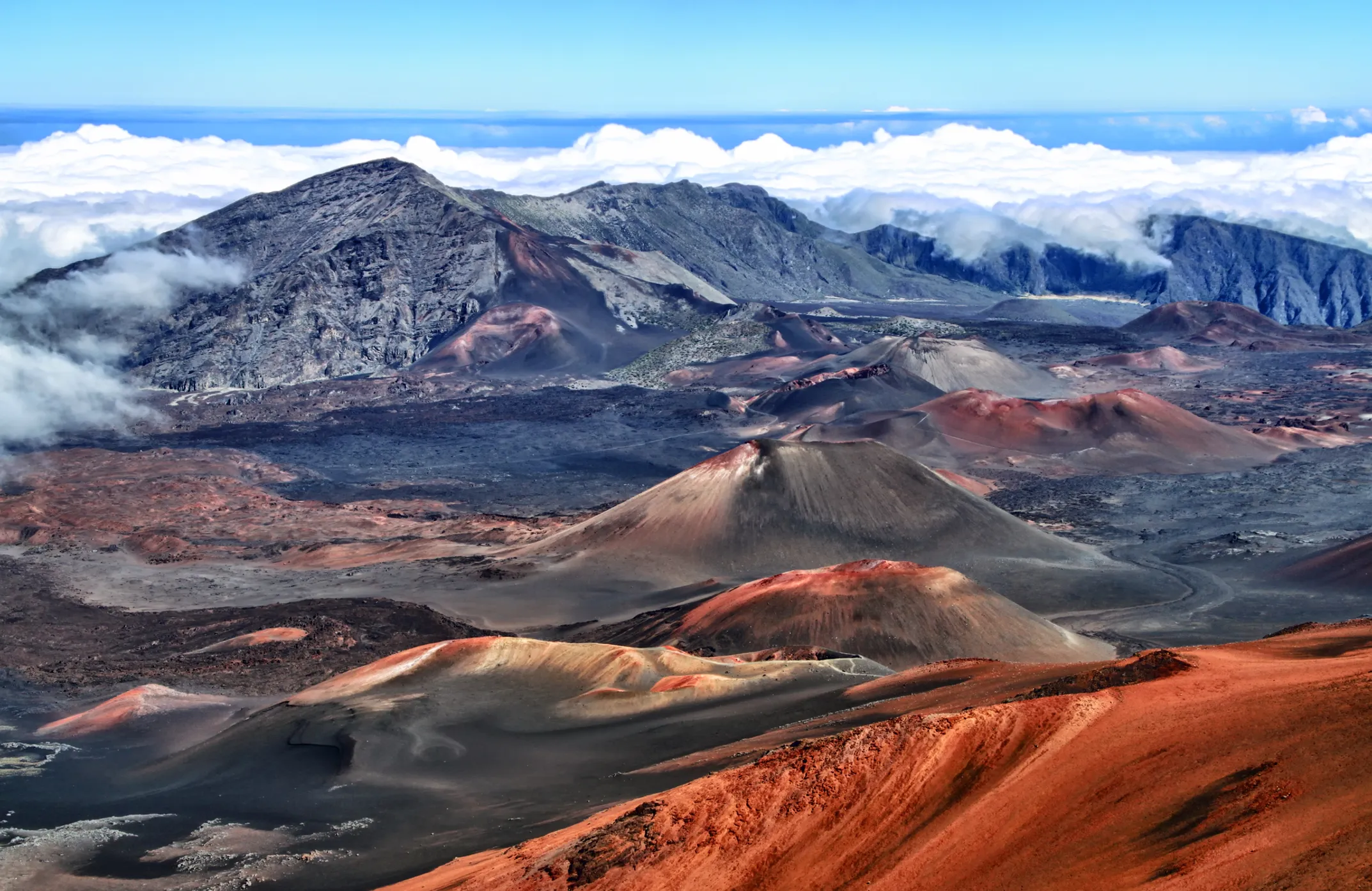
18 Minute PRIVATE Helicopter Flight
Honolulu Helicopter Tours • Helicopter • Honolulu • Oahu

Capturing the Magic of Hawaii's Parks
Photographing Hawaii's sacred places requires more than technical skill—it demands understanding and respect for the land and its stories. These wahi pana (legendary places) have been photographed millions of times, yet each moment offers a unique opportunity to capture their essence through your own vision.
This field guide draws from Leilani Ako's years of experience photographing Hawaii's parks, from the fiery glow of Kīlauea to the emerald valleys of Kauaʻi. Whether you're shooting with a smartphone or professional gear, these techniques will help you create images that honor these sacred landscapes.
The hour after sunrise and before sunset provides the warmest, most flattering light for landscapes.
The 20-30 minutes after sunset when the sky turns deep blue, providing even lighting and dramatic skies.
Cloudy conditions provide soft, even lighting perfect for certain subjects, especially in rainforest environments.
Strong foreground elements create depth and lead the viewer's eye into the composition.
Pro Tip: Get low and close to foreground elements. Use wide-angle lenses to exaggerate perspective and create dramatic depth.
Use natural lines to guide the viewer's eye through your composition toward your main subject.
Example: Use the Chain of Craters Road as a leading line toward the ocean, or follow stream beds up to waterfalls.
Hawaii's landscapes are massive. Include recognizable elements to convey the true scale of these natural wonders.
Technique: Place scale elements in the lower third of your frame, but make sure they don't dominate the composition.
Use natural elements to create frames that focus attention on your main subject and add depth.
Example: Frame Diamond Head through the ironwood trees at Koko Head, or use lava tube openings to frame distant landscapes.

Example: Capturing volcanic landscapes requires understanding light, composition, and safety protocols
Remember: Take only photographs, leave only footprints. These places are sacred to Native Hawaiians and fragile ecosystems.
Perspective: Approach these landscapes with the same reverence you would show any sacred place. Your photographs should honor, not exploit.
Getting started
Reservations & PermitsBooking guide
Oʻahu ParksDiamond Head & more
Maui ParksHaleakalā & ʻĪao Valley
Kauaʻi ParksNāpali & Waimea Canyon
Big Island ParksVolcanoes & refuges
Hiking GuideTop trails by skill level
AccessibilityAccess for all visitors
You are here
Golden Hour
First/last hour of sunlight
Blue Hour
20-30 min after sunset
Overcast
Perfect for waterfalls
Trade Winds
Affect stability, plan accordingly
Cuts glare, enhances colors
Allows longer exposures
Balances sky/foreground

Honolulu Helicopter Tours • Helicopter • Honolulu • Oahu

Honolulu Helicopter Tours • Helicopter • Honolulu • Oahu

Honolulu Helicopter Tours • Helicopter • Honolulu • Oahu